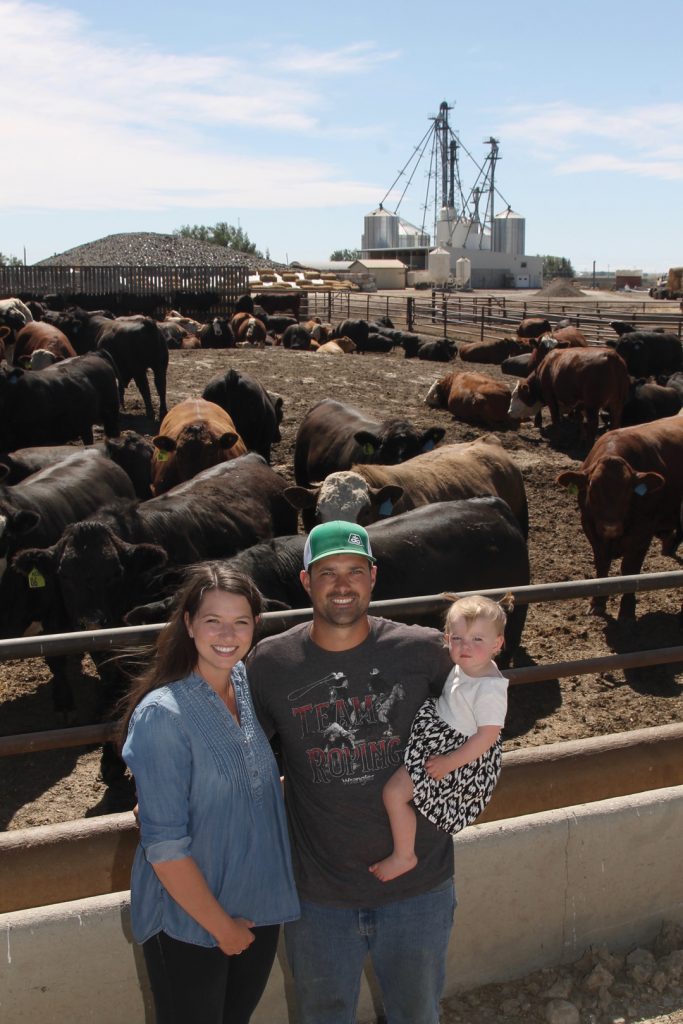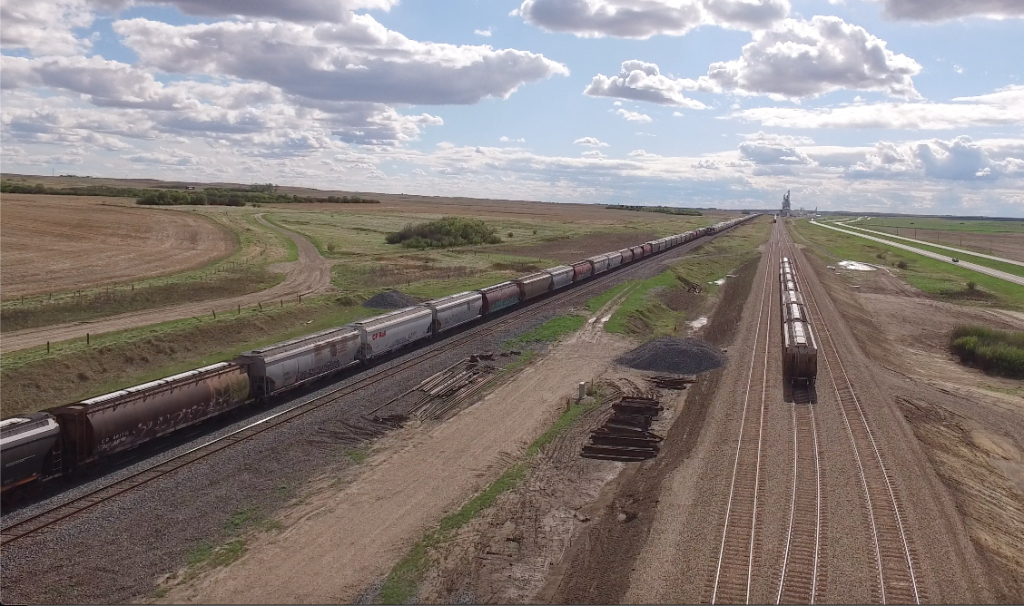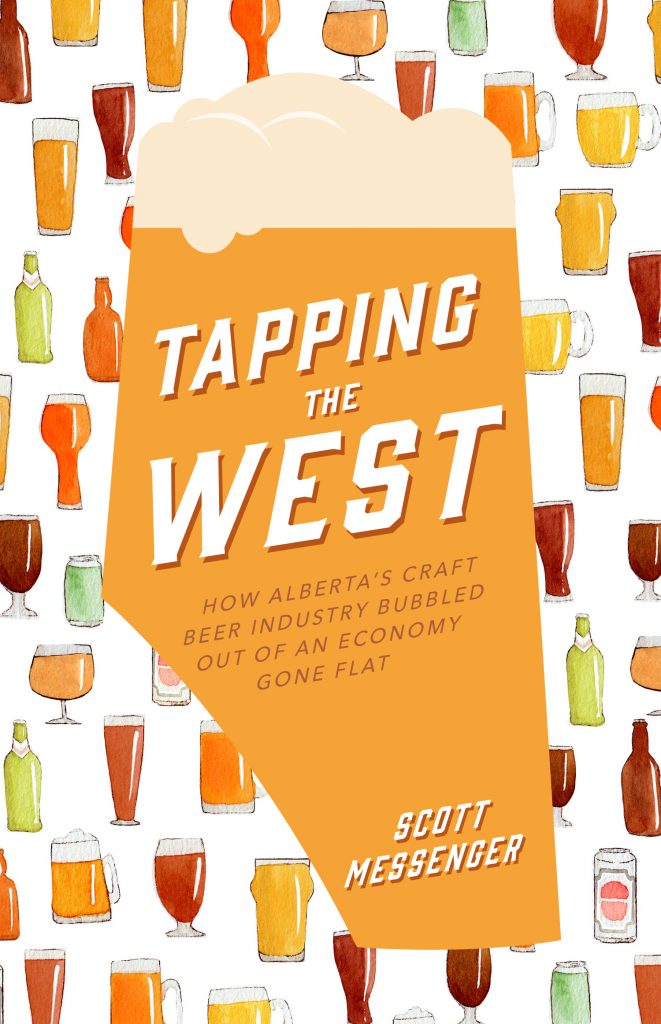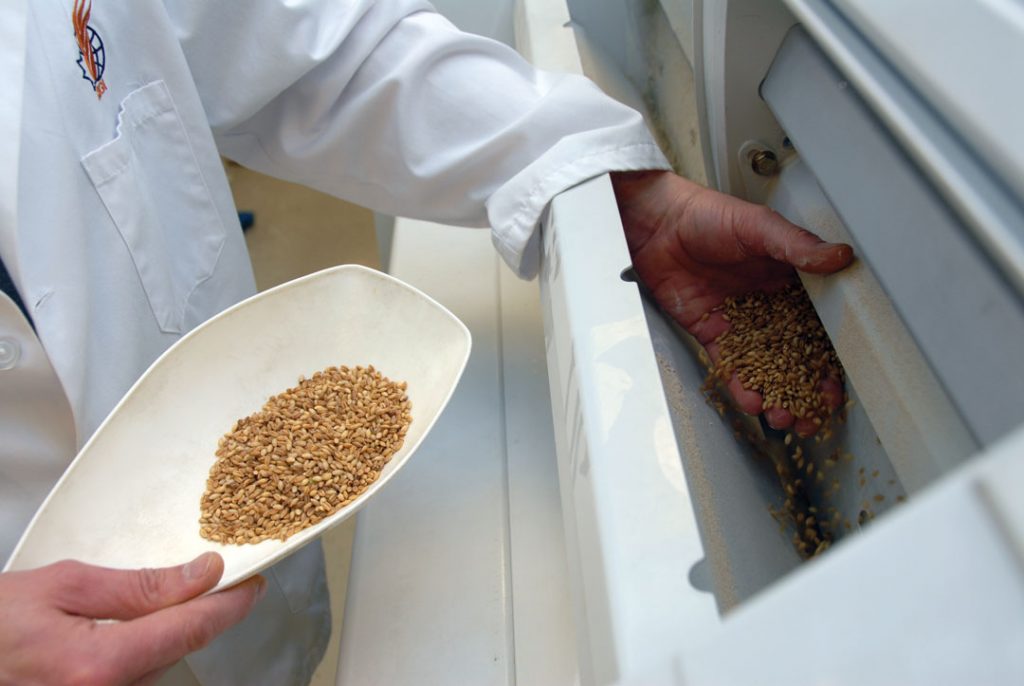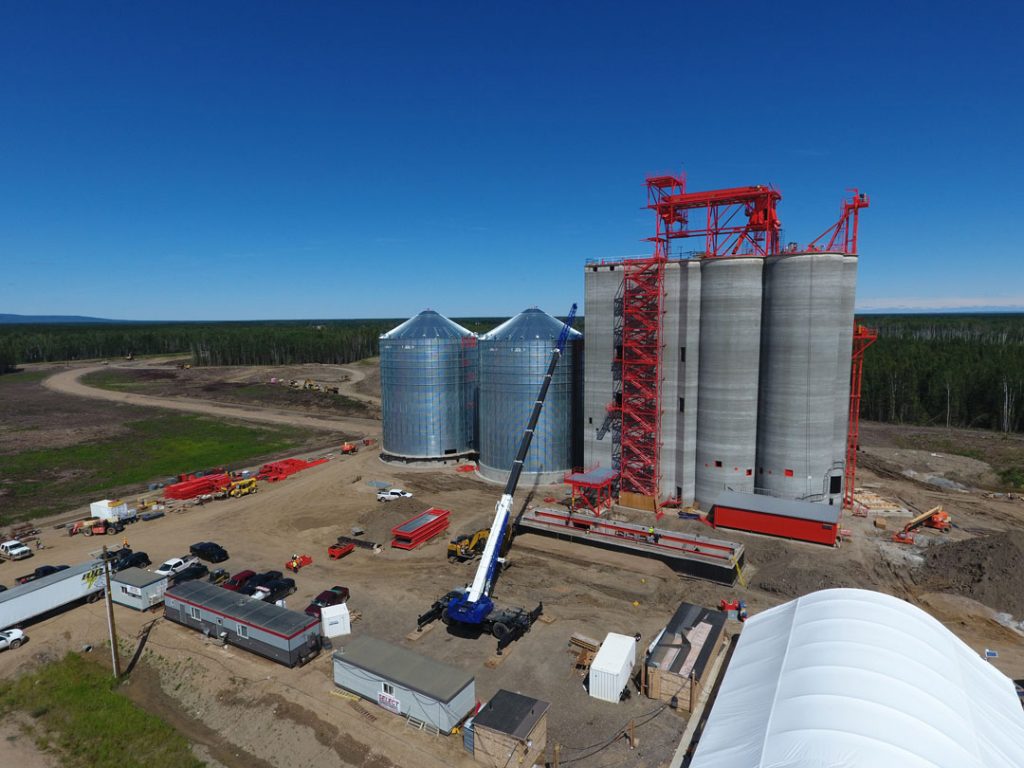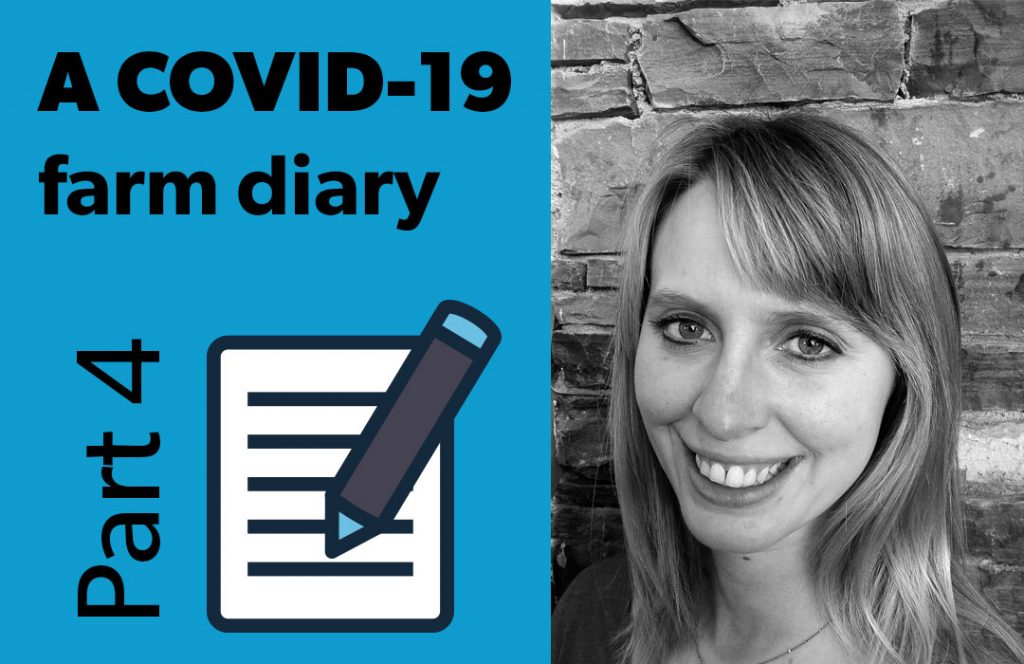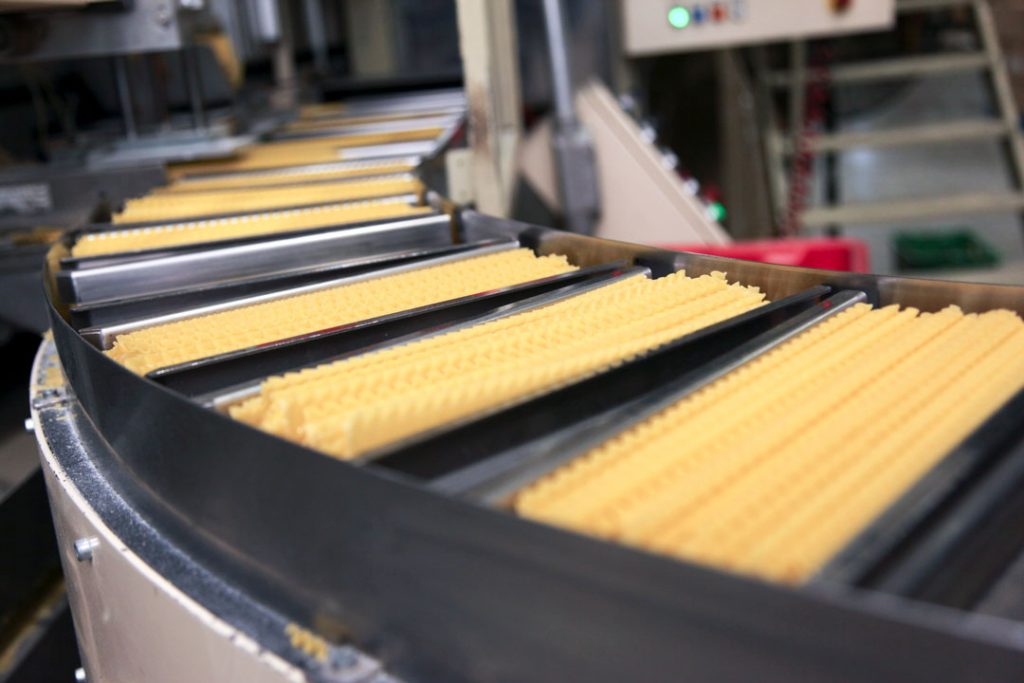Canada has seen a growing number of positive tests for COVID-19 among employees at meat processing facilities, which has resulted in slowdowns and closures. This has been most pronounced in Alberta where the Cargill plant in High River is to resume production May 4 following a two-week shutdown. In contrast, agri-food processors have fared much better. Just as seed plants, elevators and farm-to-export transportation links have weathered the pandemic remarkably well, grain-reliant food manufacturers have continued to function, even upping production to meet an aggressive surge in consumer demand.




